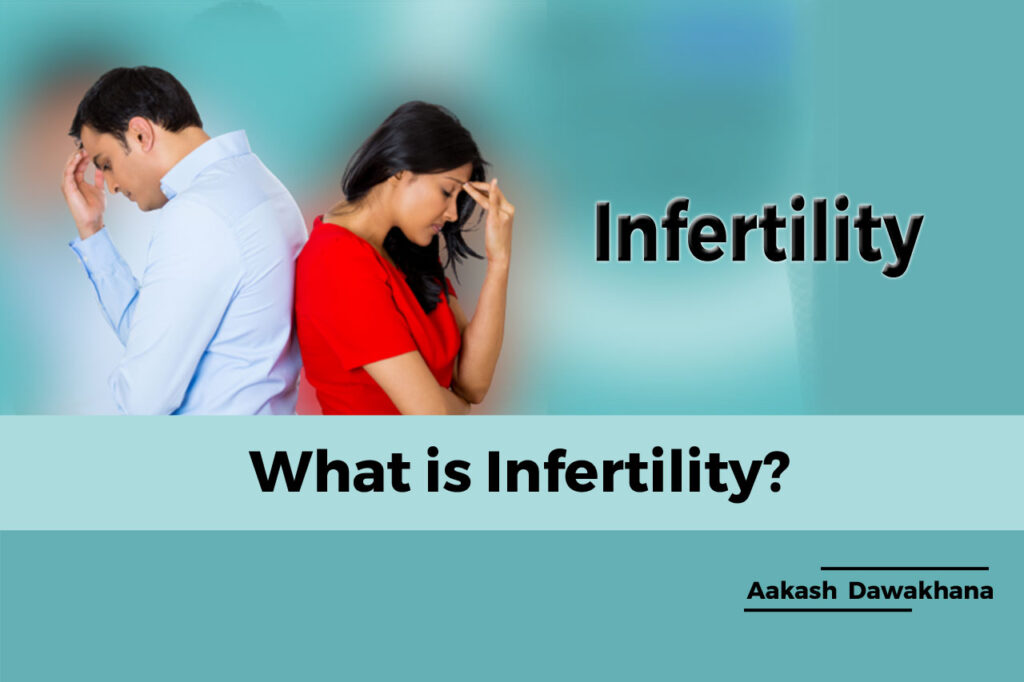Clinic Number
+91-9953396533Send us a Mail
aakashdawakhana1@gmail.comOur Location
Azadpur, DelhiWorking Hours
Mon - Sun 10:00 07:00
What is Infertility
Most people will have the strong desire to conceive a child at some point during their lifetime. Understanding what defines normal fertility is crucial to helping a person, or couple, know when it is time to seek help. Most couples (approximately 83%) will achieve pregnancy within one year of trying, with the greatest likelihood of conception occurring during the earlier months. Only an additional 8% of couples will conceive in the second year. As a result, infertility has come to be defined as the inability to conceive within 12 months. This diagnosis is therefore shared by 17% of couples attempting to conceive. We generally recommend seeking the help of a reproductive endocrinologist if conception has not occurred within 12 months. However, there are various scenarios where one may be advised to seek help earlier.
What does Aakash dawakhana – Dr. Team Says About Infertility
If you are infertile, your doctor will go over your health history, medications, sexual history, and your sex habits, like how often you have sex.
Men will get a physical exam and often a sperm analysis, which tests the health of his sperm.
For women, testing begins with a medical history and physical exam, including a pelvic exam. The doctor then makes sure that she ovulates regularly and her ovaries are releasing the eggs. Blood tests are taken to measure hormone levels. The ovaries and uterus may be examined by ultrasound, and a specific X-ray test can check the uterus and fallopian tubes.
In about 80% of couples, the cause of infertility is either an ovulation problem, blockage of the fallopian tubes, or a sperm problem. In 5%-15% of couples, all tests are normal, and the cause is not known.
Infertility treatment-
Infertility treatment is based on the cause of your infertility. It can range from medicines to implanting an embryo through assisted reproductive technology (ART).For men, issues that affect fertility can include hormone imbalances or erectile dysfunction. These issues can be treated with medicine. Other issues could include blockages in the tubes that carry sperm or varicoceles in the testicles. These can be repaired with surgery.
For women, treatment can also include medicine or surgery, depending on the underlying problem. The most common medicines used to treat female infertility stimulate the ovaries. This helps the ovaries produce more eggs and increases the chances of getting pregnant. Surgery can be done if there are blockages or problems with the fallopian tubes. It also is used to remove areas of endometriosis (when uterine tissue grows outside the uterus), fibroids, polyps, or scarring, which all can affect fertility.